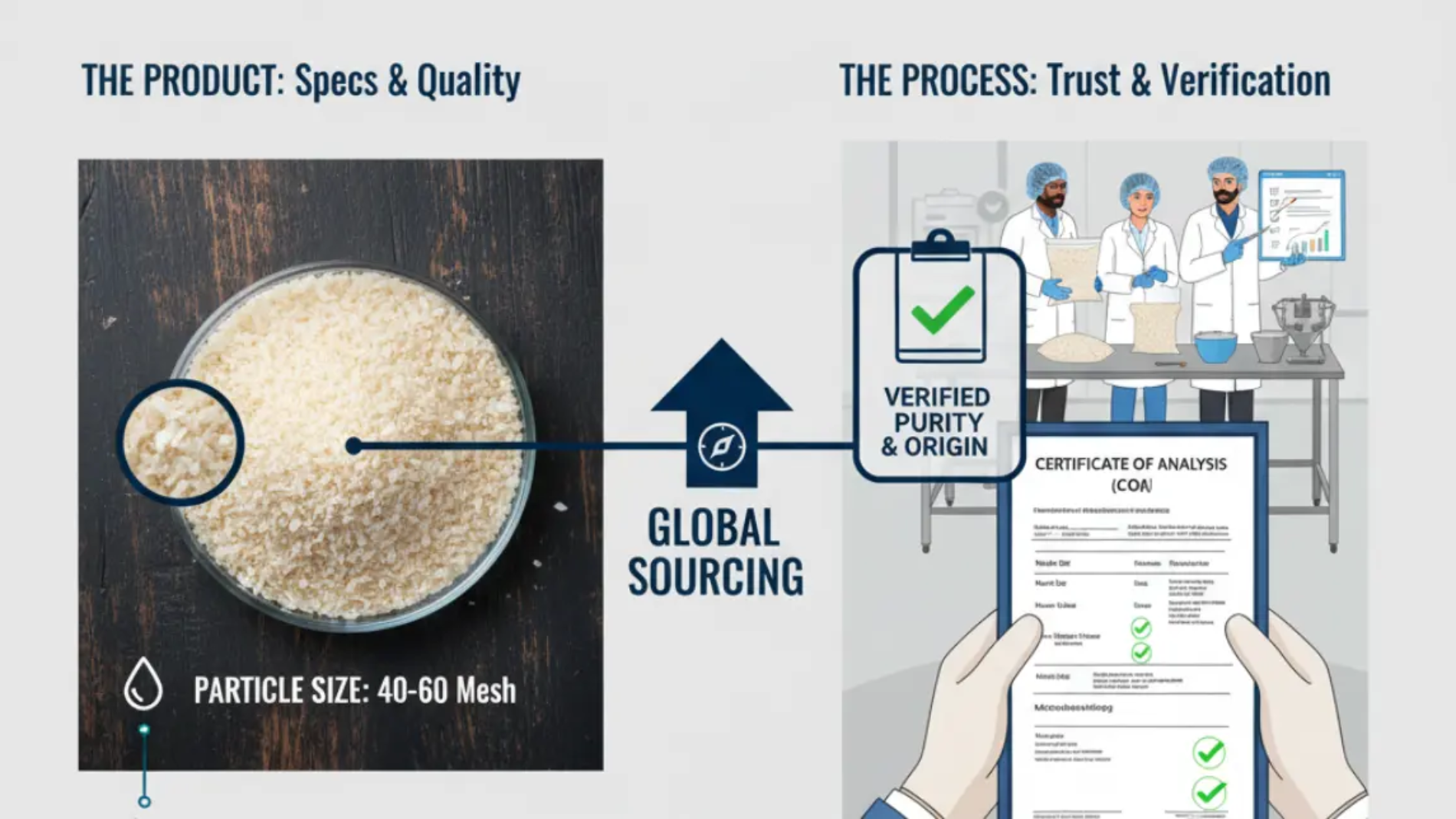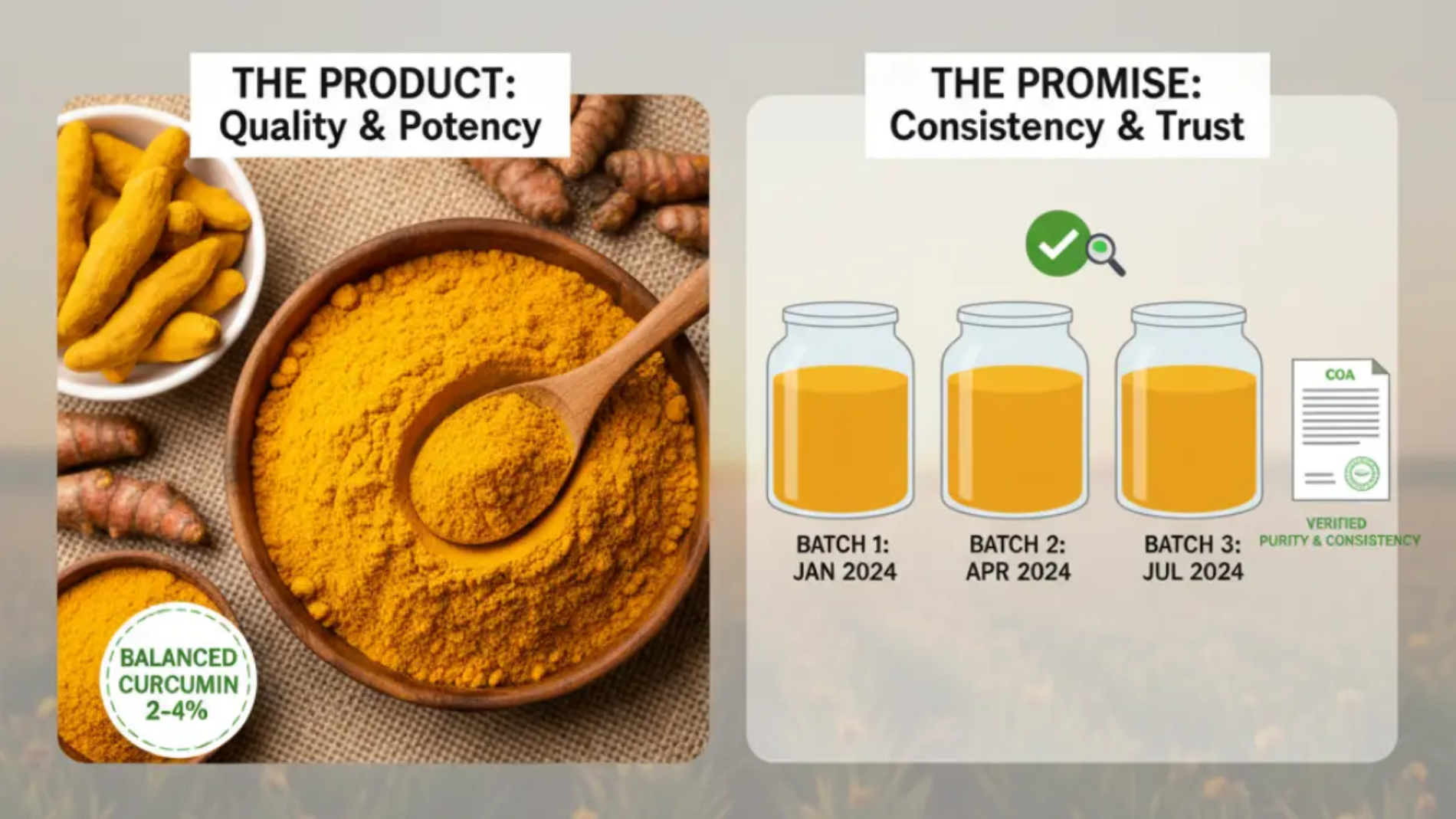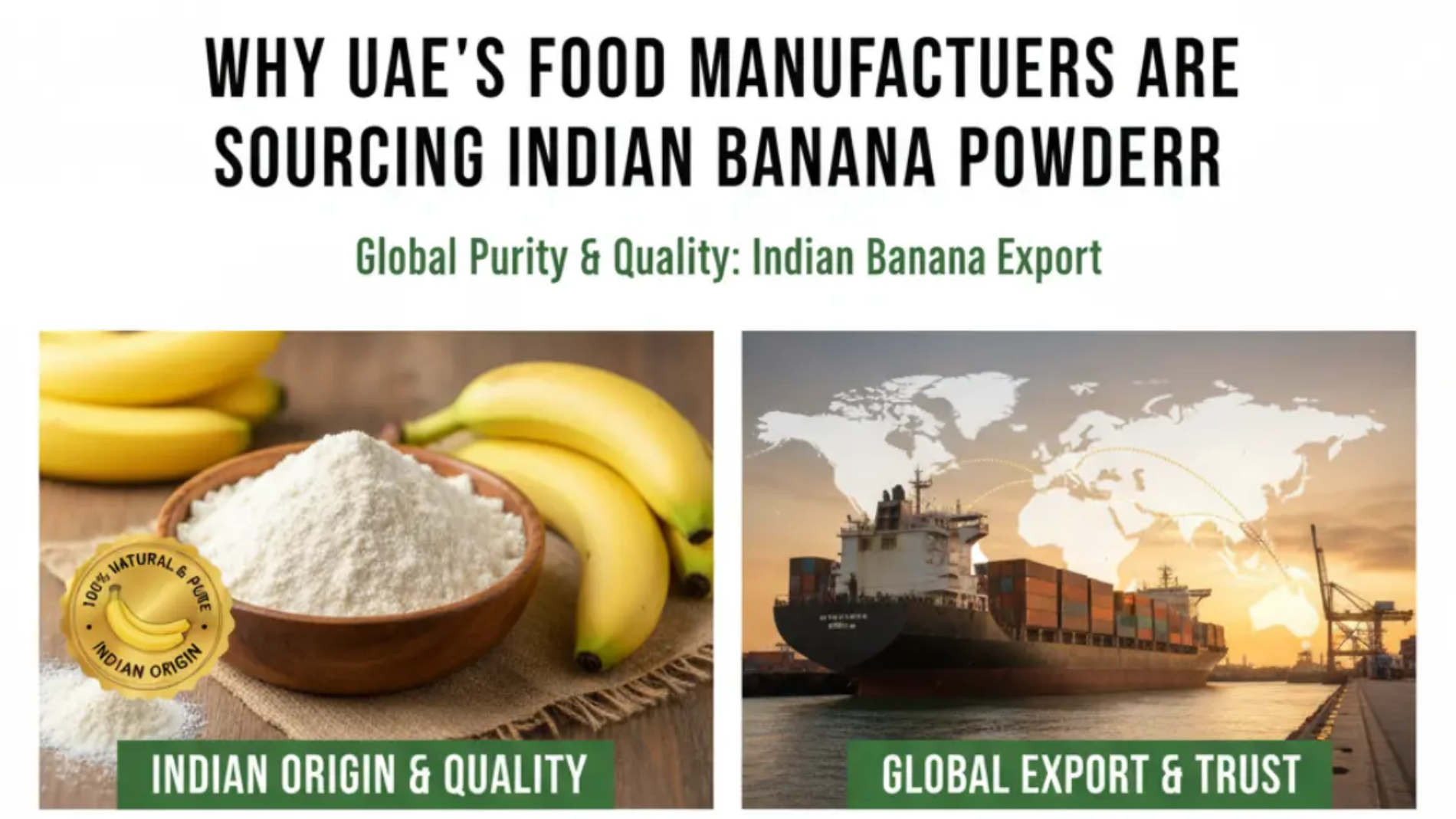From the invigorating first cup of English Breakfast tea in the morning to the comforting warmth of a spiced masala chai in the afternoon, the world runs on strong, satisfying black tea. While the tea universe is vast, with delicate and nuanced varieties capturing the imagination, the daily rituals of billions of people are powered by one undisputed champion: Indian Assam Black Tea.
While other teas may be celebrated for their subtlety, Assam is revered for its strength, reliability, and robust character. It is the true “workhorse” of the global tea industry—a foundational ingredient that forms the backbone of countless beloved beverages. From our perspective in Pune, at the heart of the Indian tea trade, we’ll explore the key reasons why this bold brew from the Brahmaputra Valley is an indispensable global staple.
The Signature Flavor: Bold, Malty, and Unmistakable
The primary reason for Assam’s dominance is its signature flavour. Grown in the low-lying plains of Northeast India, the Camellia sinensis assamica plant produces a tea that is famously:
Full-bodied: It has a rich, deep texture and a satisfying weight on the palate.
Malty: This is the hallmark of Assam tea. It possesses a distinct, comforting flavour note reminiscent of malt or toasted grain.
Brisk and Strong: It delivers a powerful, invigorating character that awakens the senses.
This potent profile is its greatest asset. It is a flavour that doesn’t get lost, standing up perfectly to the addition of milk, sugar, and spices—the way the majority of black tea is consumed worldwide.
The Engine of Consistency: CTC Assam Tea
For a global brand, consistency is everything. This is where the CTC Assam tea processing method becomes critical. CTC (Crush, Tear, Curl) is a mechanized process that transforms tea leaves into small, hard granules. This method, perfected in Assam, provides three key benefits for industrial use:
Speed: The small granules have a large surface area, allowing them to infuse very quickly to produce a strong, dark liquor. This is essential for the 2-3 minute brew time of a standard tea bag.
Strength: The process is designed to create a powerful and robust brew.
Consistency: The automated nature of CTC ensures a highly uniform product, so every batch provides the exact same flavour profile, guaranteeing brand consistency.
Spice Up Your Business with Authentic Indian Flavors
Import and Export Excellence from India!

The Foundation of the World's Most Famous Blends
Many of the world’s most popular black tea blends would not exist without Assam’s powerful base. Its strength and character are what blenders rely on to create these timeless recipes.
English Breakfast Tea: While blends vary, a high-quality English Breakfast will almost always feature Assam as the dominant component, providing the classic, robust morning character.
Irish Breakfast Tea: This is typically an even stronger and more malt-forward blend, relying almost exclusively on the potent character of Indian Assam Black Tea.
Masala Chai: The bold, malty notes of Assam are the perfect canvas for the assertive flavours of spices like cardamom, cinnamon, cloves, and ginger, creating a perfectly balanced and aromatic brew.
A Scalable and Reliable Supply Chain
A global staple requires a global-scale supply chain. The tea from Assam region is one of the largest and most concentrated tea-growing areas on earth. This massive, well-established infrastructure provides critical advantages for businesses sourcing bulk black tea.
High Volume: The sheer scale of production ensures that there is a reliable and abundant supply to meet the demands of the world’s largest brands.
Established Expertise: With nearly 200 years of history, the region’s tea estates and exporters have unparalleled expertise in cultivation, processing, and logistics.
Partnership Opportunities: A professional Indian tea supplier can provide direct access to this ecosystem, ensuring a stable and predictable supply chain for your business.
In conclusion, the title of “workhorse” is not just a nickname; it’s a testament to Assam’s essential role in the global tea market. Its bold flavour, industrial consistency, and reliable supply make Indian Assam Black Tea the indispensable foundation upon which the world’s daily tea rituals are built.
Spice Up Your Business with Authentic Indian Flavors
Import and Export Excellence from India!

Frequently Asked Questions (FAQs)
1. What does the “malty flavor” of Assam tea actually mean?
The malty note is a unique, rich flavour reminiscent of toasted grains, malt, or honey. It gives the tea a deep, satisfying, and slightly sweet character that is its signature feature.
2. What is the difference between CTC and Orthodox Assam tea?
CTC Assam tea is machine-processed into small granules for strength and quick infusion, ideal for tea bags. Orthodox Assam is hand-rolled or machine-rolled to preserve the whole leaf, resulting in a more nuanced, complex flavour and a brew that is typically enjoyed without milk.
3. Is Assam tea good for making iced tea?
While it can be used, its high tannin content means it can sometimes turn cloudy when chilled. Teas from the Nilgiri region are generally preferred for making crystal-clear iced tea, but a strong Assam can be great for a robust, flavourful iced milk tea.
4. What are the main grades of CTC Assam tea used for blends?
The main grades are based on particle size. They include BOP (Broken Orange Pekoe), BP (Broken Pekoe), OF (Orange Fannings), and PD (Pekoe Dust). Tea bag manufacturers often use a blend of Fannings and Dust for a strong, quick brew.
5. Why is Assam tea so central to English and Irish Breakfast blends?
Historically, these blends were created to be strong, invigorating morning teas that could stand up to a hearty breakfast and the addition of milk and sugar. Assam’s bold and malty profile was, and still is, the perfect fit for this purpose.
6. Does Assam tea have more caffeine than other teas?
Yes, due to the camellia sinensis assamica plant variety and its processing, Assam tea is known for having one of the highest caffeine contents among black teas, contributing to its reputation as a “wake-up” tea.
7. What are the “first flush” and “second flush” of Assam? These refer to the first two harvests of the year. The First Flush (spring) is lighter and more floral. The Second Flush (early summer) is the most prized, producing the classic, full-bodied, and malty “tippy” teas for which Assam is famous.
8. How do I find a reliable Indian tea supplier for bulk Assam tea? Look for a supplier with a proven track record, direct relationships with Assam tea estates, and the ability to provide detailed specifications and samples for each grade. They should also be registered with the Tea Board of India and have experience in export.
About us
We bridge the gap between local producers and global markets, ensuring seamless trade facilitation with exceptional quality and reliability. We provide quick delivery services with customized packaging with all approval of International Certificates (Spices board India, MSME, IEC, fssai, FIEO, APEDA, EU certification, FDA and Many More)
Contact us
Shop No. 3, Ganesh Prestige Sr. No. 2/15, Near Laxmi Jewellers, Dhanakawadi, Pune – 411043, Maharashtra INDIA.
Call On
+91 9545205050
+91 9822422584










